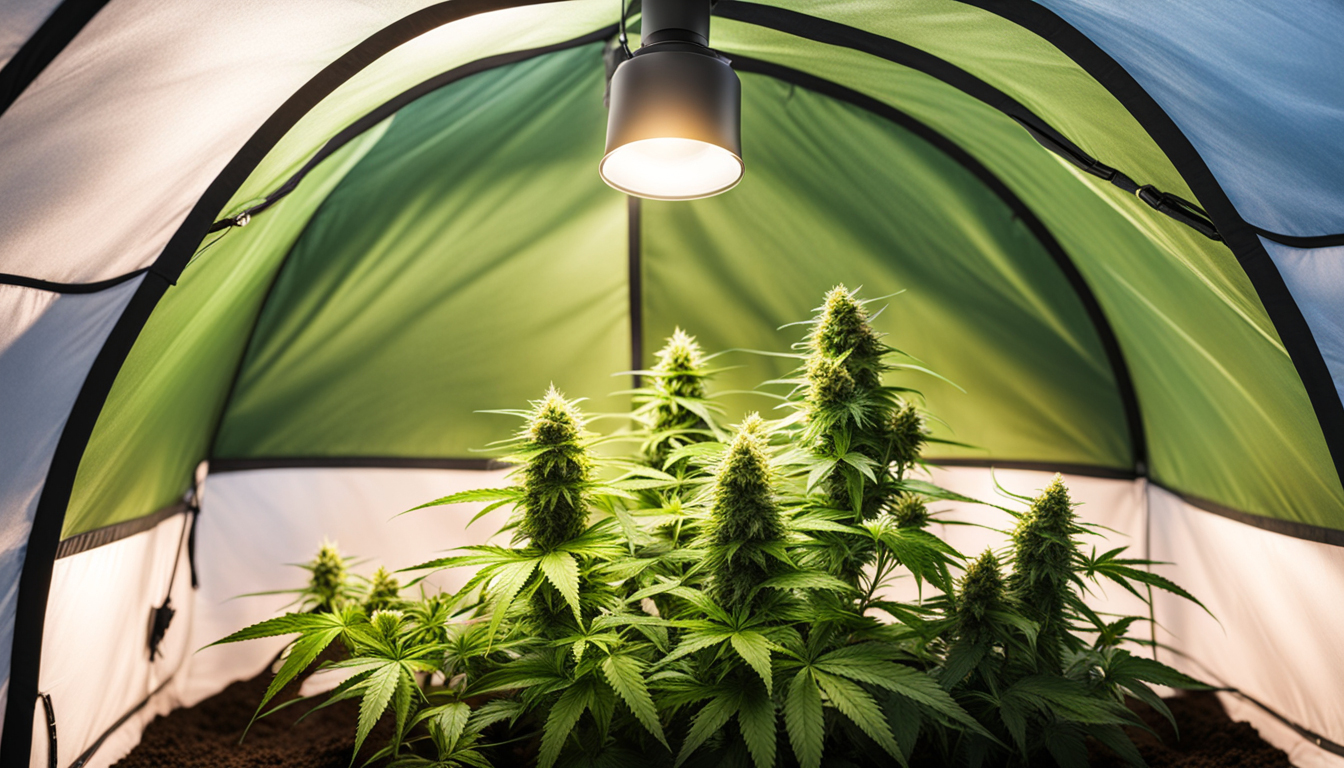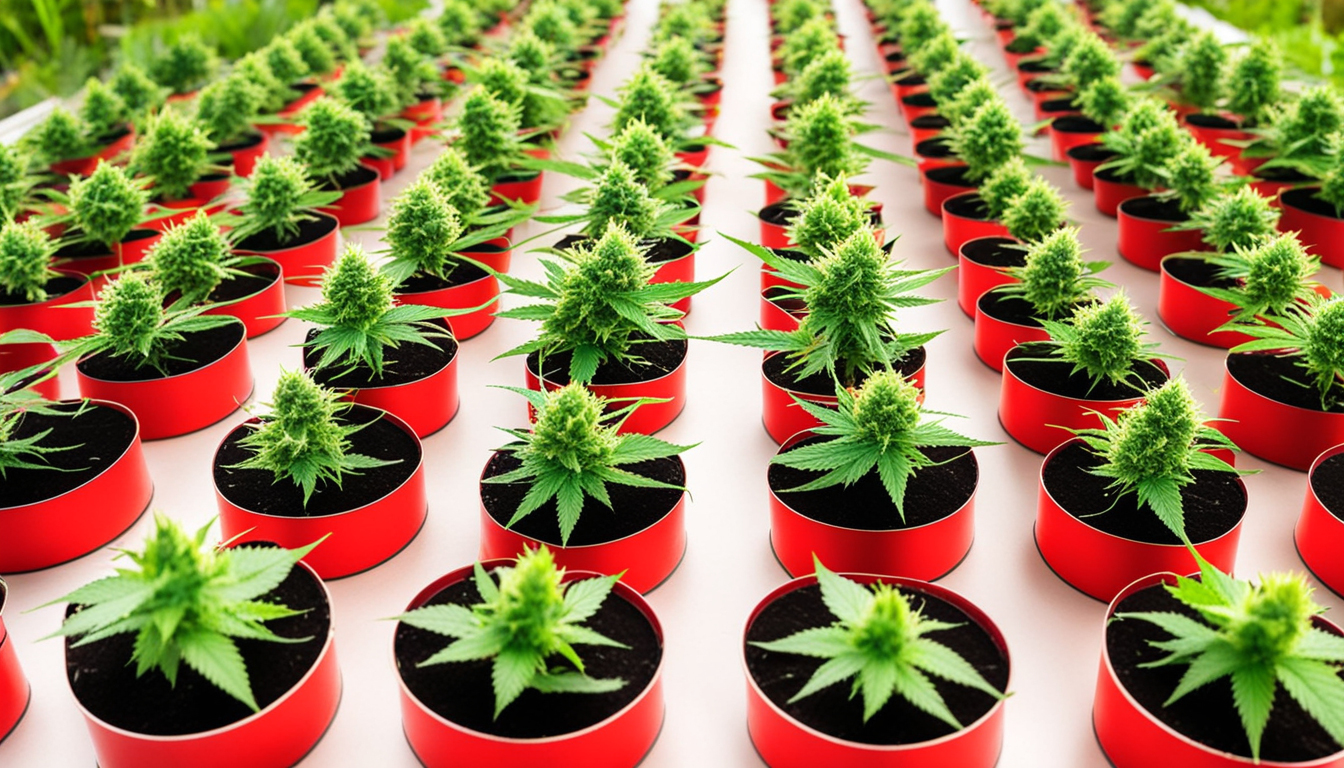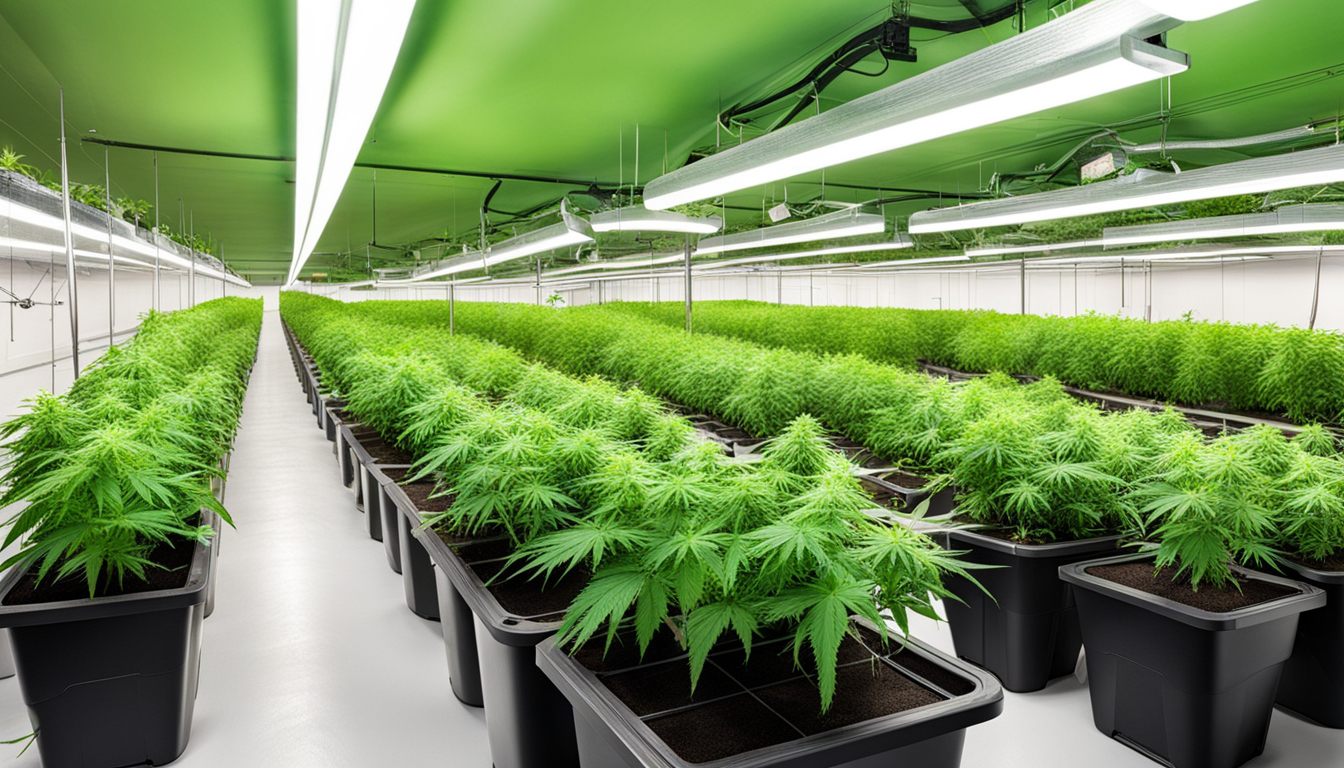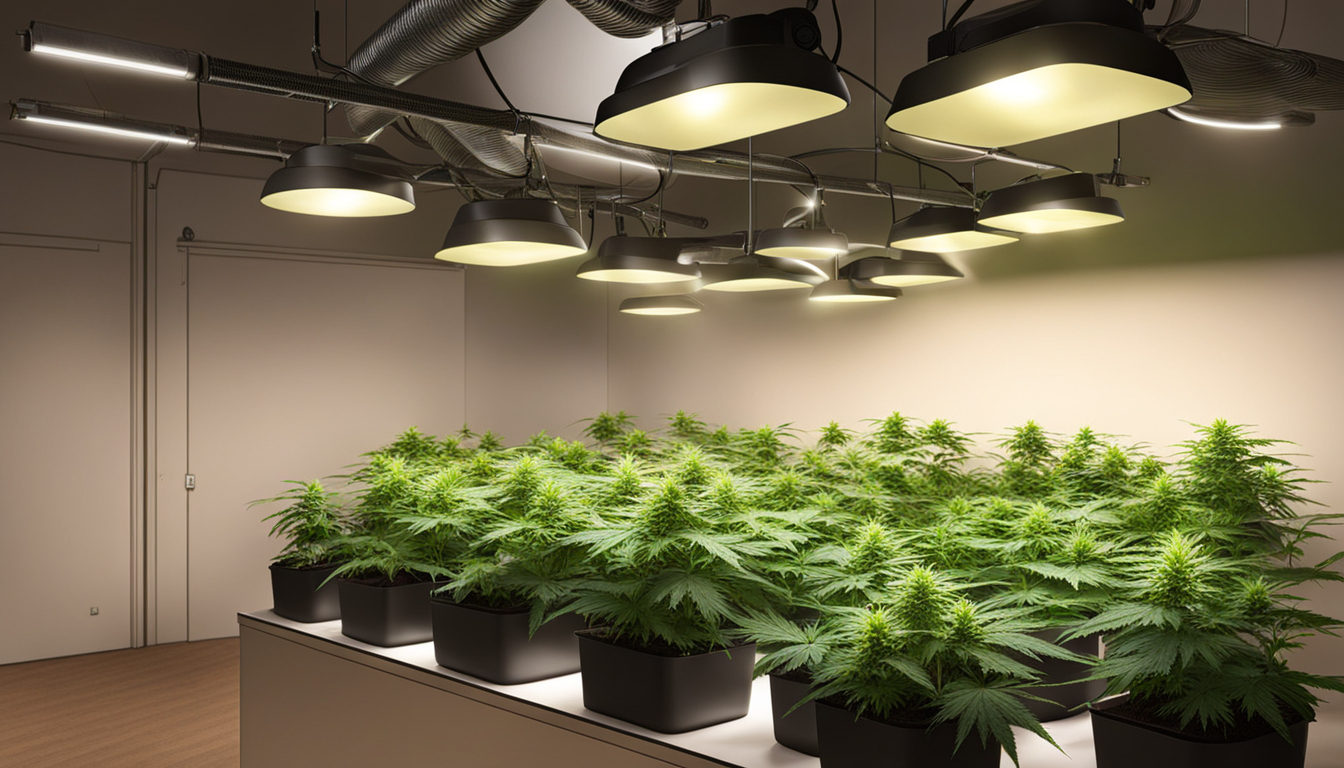
Whether you're new to marijuana production or looking to improve your existing harvest, following this complete guide will help you produce large, high-quality yields right at home. With the right gear, methods, and attention, growing marijuana indoors can be an extremely productive and cost-effective endeavor.
Choosing Pot Varieties
The first step in planning your indoor harvest is picking the right cannabis strains to grow. The three main types of marijuana plants each have their own qualities.
Energizing strains
Known for their uplifting cerebral effects, sativas grow tall and slender with narrow leaves. They thrive in hotter equatorial climates and have a longer flowering time between 10-12 weeks indoors. Top energizing varieties include Sour Diesel, Durban Poison, and Jack Herer.
Indicas
Indicas provide relaxing full-body effects and grow short and bushy with broad leaves. Adapted to cooler mountain climates, they flower faster within 8-9 weeks. Popular indica strains include Granddaddy Purple, Northern Lights, and Bubba Kush.
Hybrids
Hybrid strains blend traits from both sativas and indicas. They offer combined effects and have medium blooming periods around 9-10 weeks. Well-known hybrids are OG Kush, Girl Scout Cookies, and Blue Dream.

Setting Up Your Grow Space
Cannabis plants need the right controlled environment to flourish. Key factors for indoor cultivations are lights, ventilation, layout, and finding the ideal discreet location.
Location
Choose an available space with direct access to irrigation and electrical outlets. An empty spare room, large closet, corner of the basement, or grow tent securely placed in a garage all make great hidden grow room spots.
Lighting
Pot requires strong light for all growth stages. LED grow lights are efficient and come in full spectrum options mimicking real outdoor light. Cover 250-400 watts per sq. ft for the vegetative stage and 400-600 watts per sq. ft. for flowering.
Airflow
Proper ventilation and exhaust systems keep ideal temperature, moisture, and pure CO2 levels. Install low-noise 10-15 cm fans or scrubbers to circulate stale air and reduce odors.
Layout
Maximize your space by positioning plants strategically under the lamps and allowing room to access and work around them. Set up distinct zones for vegetation, flowering, curing, and propagation.

Cultivation Mediums
Marijuana can be grown in various mediums, each with pros and cons. Pick a appropriate option for your specific setup and cultivation style.
Soil
The traditional medium, soil is cheap and simple for beginners. It provides excellent flavor but needs more irrigation and fertilizing to nourish plants. Enrich soil with vermiculite or coco to enhance drainage.
Coconut coir
Made from coir, reusable coconut fiber holds water but still allows air to the roots. It's more sterile and more predictable than soil. Use coco-specific fertilizers to avoid calcium buildup.
Water systems
In hydro systems, plant roots grow right in nutrient water solution. This enables quick growth but needs close observation of water chemistry. DWC and drip systems are popular methods.
Germinating Seeds
Sprouting prepares your cannabis seeds to begin growing taproots. This prepares Learn More them for transplanting into their cultivation medium.
Paper Towel Method
Place seeds between wet paper towel and maintain them damp. Check after 2-7 days for growing radicles indicating germination is complete.
Planting directly
Insert seeds directly into pre-moistened cultivation medium 6mm deep. Gently water and wait 1-2 weeks until sprouts break through the top.
Rockwool Cubes
Presoak rockwool cubes in pH-adjusted water. Place seeds 1⁄4 inch deep into the cubes. Keep cubes moist until sprouts emerge within 1-14 days.
Transplanting Young plants
Once germinated, cannabis seedlings need to be transplanted to Donate Here prevent crowding. Move them into proper sized containers.
Preparing Containers
Fill large containers with cultivation medium amended with slow-release nutrients. Let pots to soak up water for 8-12 hours before transplanting.
Gently repotting
Carefully loosen young roots from germination medium using a spoon. Place into prepared pot at equal depth as before and gently water in.
Growth Stage
The vegetative stage promotes leafy growth and plant structure through 18-24 hours of continual lighting intensity. This stage usually lasts 1-2 months.
Using 3/4 to full day of Lighting
Use grow lights on a 24 hour schedule or outdoor light to initiate nonstop growth. Lamp output influences height and node distance.
Nutrients
Use grow stage fertilizers higher in nitrogen. Make sure pH stays around 6.5 for proper nutrient absorption. Feed 1⁄4 to 1⁄2 strength after 2 weeks and increase gradually.
Training Techniques
Topping, LST, and trellising direct shoot shapes for flat foliage. This boosts yields.

Bloom Stage
The blooming stage grows buds as plants show their sex under a 12/12 cycle timing. It lasts 2-3 months depending on strain.
Switching to 12/12
Change lamps to 12 hours on, 12 hours off or move outside for outdoor 12 hour cycle. This signals plants to start flowering.
Flushing
Leaching removes nutrient salts to improve flavor. Feed weakly the first weeks then just use pH'd water the final 2 weeks.
Flushing
Continue 12/12 light timing but leach using pH-balanced water only. Resume clean watering if buds aren't yet mature after two weeks.
Harvesting
Recognizing when marijuana is fully ripe ensures peak cannabinoid content and aroma. Harvest plants at optimal ripeness.
Signs of readiness
Look for swollen calyxes, faded pistils, and 5-15% amber trichomes. Check buds around the plant as they don't all ripen Contact Us Today evenly.
Harvesting plants
Use clean, sharp pruning shears to gently cut each plant at the base. Leave 5-10cm of stem attached.
Drying
Suspend whole plants or colas inverted in a dark room with moderate temperature and humidity around 45-65% for 7-14 days.
Aging
Curing continues desiccating while aging the buds like aged spirits. This technique smooths bitterness and further develops terpene contents.
Jars and Humidity
Manicure dried buds from branches and store into glass jars, packing about 3⁄4 full. Use a sensor to measure jar moisture.
Burping Daily
Unseal jars for a short time daily to gradually reduce humidity. Rehydrate buds if humidity goes under 55%.
Long term storage
After 2-3 weeks when moisture stabilizes around 55-60%, perform a last trim and keep long-term in airtight jars.
Common Problems and Solutions
Even seasoned growers run into different weed plant problems. Detect issues soon and address them correctly to maintain a vibrant garden.
Nutrient Deficiencies
Chlorosis often indicate inadequate nitrogen. Purpling stems and leaves signal phosphorus deficiency. Test pH and boost fertilizers gradually.
Bugs
Spider mites, fungus gnats, mites, and root aphids are frequent cannabis pests. Use organic sprays, ladybugs, and yellow traps for organic control.
Mold
Excessive humidity promotes powdery mildew and bud rot. Increase airflow and venting while lowering humidity under 50% during flowering.

Conclusion
With this complete indoor weed growing guide, you now have the info to cultivate plentiful potent buds for private harvests. Follow these techniques and methods during the seed starting, vegetative, and bloom stages. Spend in good equipment and carefully monitor your plants. In time, you'll be compensated with sticky fragrant buds you grew yourself under the loving care of your green thumbs. Good luck cultivating!